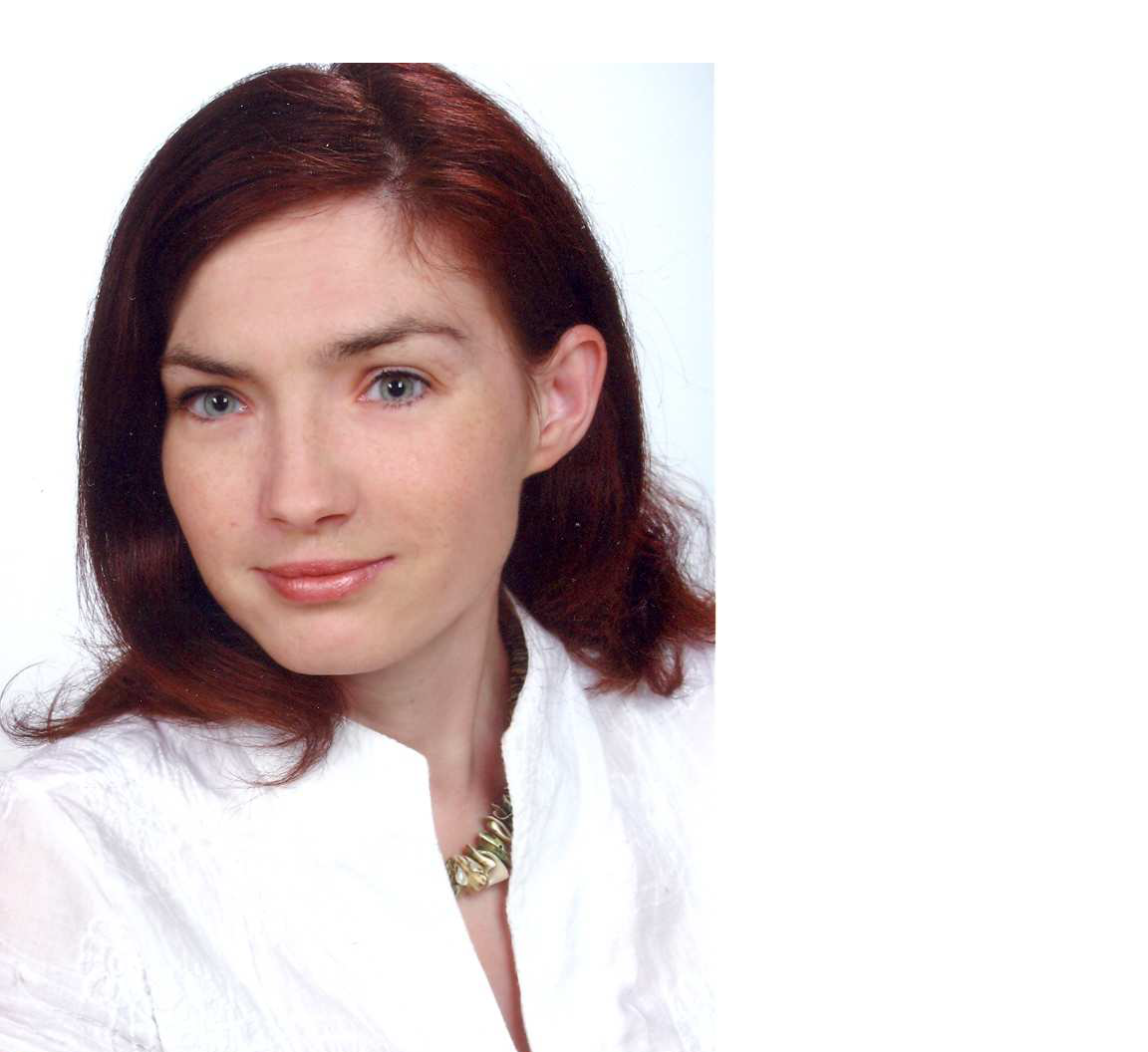

Fabio Carelli
Center of Excellence “Astrophysics and Astrochemistry”, Faculty of Physics, Astronomy and Informatics, Nicolaus Copernicus University, Toruń / Poland
Non-relativistic scattering of charge particles by long-range potentials: the case of the permanent dipole interaction
Long-range potentials falling off with inverse-squared radial dependence constitute the watershed between interactions weaker and stronger than the centrifugal contribution appearing in the radial Schroedinger equation in the framework of the partial wave analysis.
Given the intrinsic and peculiar importance of the inverse-squared potential, accounting for the strongest long-range electron/positron - neutral polar molecule interaction contribution, a survey concerning the possible analytic treatment for positive and negative energies (scattering and bound states, respectively) will be provided. Additionally, when dealing with polar neutral molecular targets, the dipole interaction is also known to be responsible for the breakdown of the fixed nuclei approach, causing the differential cross section to diverge in the forward direction. Where this issue comes from as well as which are the actual remedies used to treat it will be illustrated.

Maurizio Dapor
European Center for Theoretical Studies in Nuclear Physics and Related Areas (ECT*), Trento/Italy and University of Trento, Trento / Italy
Link to the personal webpage: https://www.ectstar.eu/people/detail/maurizio-dapor/
The Monte Carlo Method and its application to Electron Scattering Problems
Studies of electron spectra, secondary electron yield, and depth distribution of the trapped electrons, have all been of great interest to many analytical techniques. Indeed, a better understanding of the collision events occurring in the surface layers before the emission of backscattered and secondary electrons allows a general comprehension of surface physics. The energy spectra stimulated by particle beams show many features originating from the different collision processes involved prior to electron emission, and provide useful physical and chemical information about the target. Accurate knowledge of the depth distribution of trapped electrons in the dielectric materials (biological materials, ceramics, glass) is necessary to solve the diffusion equation in order to investigate the charging phenomena, while the study of positron depth distribution in solids is required for positron annihilation spectroscopy, a technique that allows non-destructive investigations of structural defects at surfaces and interfaces. All these quantities can be accurately calculated using Monte Carlo simulations. These lectures aim to provide the student with the physical and mathematical tools necessary to realize a Monte Carlo code in order to simulate the mentioned quantities.

Jan Franz
Gdańsk University of Technology, Gdańsk / Poland
Link to the personal webpage: https://mostwiedzy.pl/en/jan-franz,944283-1
Basics of Quantum Scattering Theory
The course will provide an introduction to the elementary concepts of quantum scattering theory. We start with showing that the results from scattering experiments can be expressed in terms of cross sections. These cross sections are connected to the asymptotic form of the stationary solutions of the Schrödinger equation. We establish this connection for the case of a particle, which is scattered from a central potential. For a few potentials we will discuss the behavior of the cross section. In particular we will see how resonances in the cross section can occur.

Giovanni Garberoglio
European Center for Theoretical Studies in Nuclear Physics and Related Areas (ECT*), Trento/Italy
Link to the personal webpage: https://www.ectstar.eu/people/detail/giovanni-garberoglio/
Particle scattering: classical, quantum, and relativistic
In these lectures, the basic theory of particle-particle elastic scattering in classical, quantum and relativistic frameworks will be presented. The analogies and main differences between these regimes will be highlighted, using atom-atom and electron-atom scattering as the main examples. Generalization to more complicated cases, e.g., scattering with molecular or condensed systems will be discussed. Theoretical results will be complemented by a description of the principal numerical methods used in actual calculations of cross sections. Python notebooks will be provided as both lecture notes and a convenient way to perform numerical investigations in several cases of practical importance.

Marta Łabuda
Gdańsk University of Technology, Gdańsk / Poland
Link to the personal webpage: https://mostwiedzy.pl/en/marta-labuda,47528-1
Molecular modelling for beginners
The aim of the course is to familiarize students with the basic concepts and computational methods necessary to perform computer simulations depicting the various properties of molecules. During the course, students will gain basic knowledge of the various methods of quantum chemistry and calculation techniques in order to use them in practice for modeling simple atomic and complex biological systems. The role of this type of modeling, the advantages and disadvantages of individual methods will also be presented. In addition, students will gain practical skills enabling them to use modern modeling tools used in science, industry and medicine.

Paweł Moskal
Jagiellonian University, Kraków / Poland
Link to the personal webpage: http://koza.if.uj.edu.pl/staff/pmoskal
Positronium Physics and Biomedical Applications
Positronium is the simplest bound state, built of an electron and a positron. Studies of positronium in vacuum and its decays in medium tell us about Quantum Electrodynamics, QED, and about the structure of matter and biological processes of living organisms at the nanoscale, respectively. Spectroscopic measurements constrain our understanding of QED bound state theory. Searches for rare decays and measurements of the effect of gravitation on positronium are used to look for new physics phenomena. In biological materials positronium decays are sensitive to the inter- and intra-molecular structure and to the metabolism of living organisms ranging from single cells to human beings. This leads to new ideas of positronium imaging in medicine using the fact that during positron emission tomography (PET) as much as 40% of positron annihilation occurs through the production of positronium atoms inside the patient’s body. A new generation of the high sensitivity and multi-photon total-body PET systems opens perspectives for clinical applications of positronium as a biomarker of tissue pathology and the degree of tissue oxidation.

Simone Taioli
European Center for Theoretical Studies in Nuclear Physics and Related Areas (ECT*), Trento/Italy and Gdańsk University of Technology, Gdańsk / Poland
Link to the personal webpage: https://www.ectstar.eu/people/detail/simone-taioli/
Dielectric-response models within an ab-initio framework
This course reports on the fundamental insights and numerical techniques to deal with the many-body problem in condensed matter, with particular emphasis on density functional approaches. Students will be introduced to the basics of the linear response theory in order to describe the perturbation of an external field to the electron density. Calculations of the electronic structure and optical properties, such as the energy loss function to model the electron inelastic mean free path within the dielectric theory, of simple metals and semiconductors using computer codes will be carried out as practical application of the theoretical concepts.



